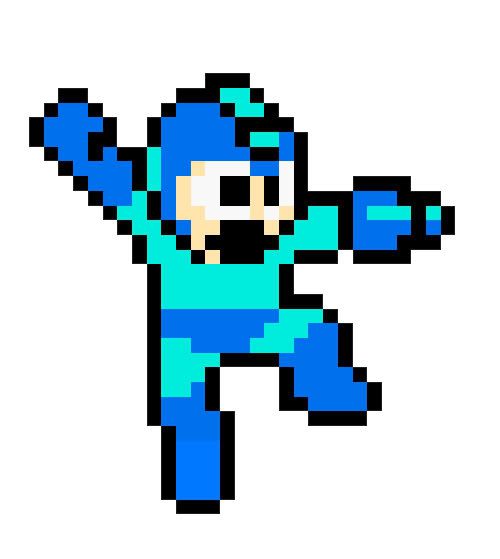I'm not done talking about terrible project layouts
30 Jun 2015This is part two of a series where I wanted to write about how doing small things when setting up your project can have surprisingly positive effects.
This material was originally discussed at the NOVA-Python meetup by organizer, Ryan Day. His original focus was on developing good project layouts for Python + Flask web applications, but I think the material works well in a variety of environments.
Learning through Play
In high school, I wasn’t great at math. Listening to a math lecture was just boring. On top of that, my dad was a math teacher so I’d get math lectures at home as well. I think math is inherently a really bad subject to teach through the standard lecture format; it’s unfortunate that it’s still being taught that way. So while math lectures couldn’t keep my attention, I had a really dorky fascination with plugging things into the ol’ TI-83 graphing calculator and seeing what would come out. As the teacher was trying to drill into our heads what y=mx^2+b meant and how the quadratic formula could solve that, I thought it was far more interesting to just plug that into the graphing calculator and watch the points cascade over that small LCD screen. Then I’d tweak the variables around just to see what would happen.
Yeah, this is really nerdy. It’s no surprise I eventually decided to study computer science.
What I had no clue I was doing was actually learning in a much better way. Instead of just learning a formula, I was interacting with it; in a more whimsical version, I was playing with it. It’s only been recently discovered that this is not only a legitimate way to learn, it’s also really effective, particularly when it comes to software development (Sonmez).
Making your Project Friendly for Interactive Learning
This part’s incredibly easy, and yet not too obvious. When we join a project and check out the code for the first time, we tend to see a directory structure that has the following things:
- The source code itself
- Supporting documentation
- Configuration files
- Unit tests
What’s missing is a place for the developers to play around. Now, any developer can create this, but it’s a nice psychological boost to communicate that it’s okay to just play with the project and learn about it outside of running unit tests or wherever the program’s main entry point starts.
To make this work, just create an empty directory and name it whatever works. For Python projects, I like the name user-scripts. For Node.js projects, I like user-bin. Now toss a README.md file in that directory that tells the developer “Hey, this directory is for you. Go crazy. Write a bunch of weird one-off code that will help you learn about the project. Nothing in here will be saved to version control.”
Now the important part is to check that directory into your version control, and then immediately add it to your .gitignore.
app
- scripts
- styles
- libs
- docs
- test
- user-scripts
Now your new developers have a place where they can write code, play with your project’s internal libraries, and just get a feel for things through interaction.
Yeah, It’s not a big change and it’s not exactly profound or novel. Maybe your new developers are already doing this on their own, but in my experience a lot of new developers don’t have the instinct to try this out. There may be an implicit fear of breaking something or accidentally checking in something that will make them look dumb in front of the more experienced developers. They may feel that they shouldn’t be spending a lot of time writing code that isn’t going to make it into production. If you can break this perception, then you can really make joining a new project easier and more fun.
Bibliography
Sonmez, John. Z. Soft Skills: The Software Developer’s Life Manual. Manning Publications, 2015. 223. Print.
